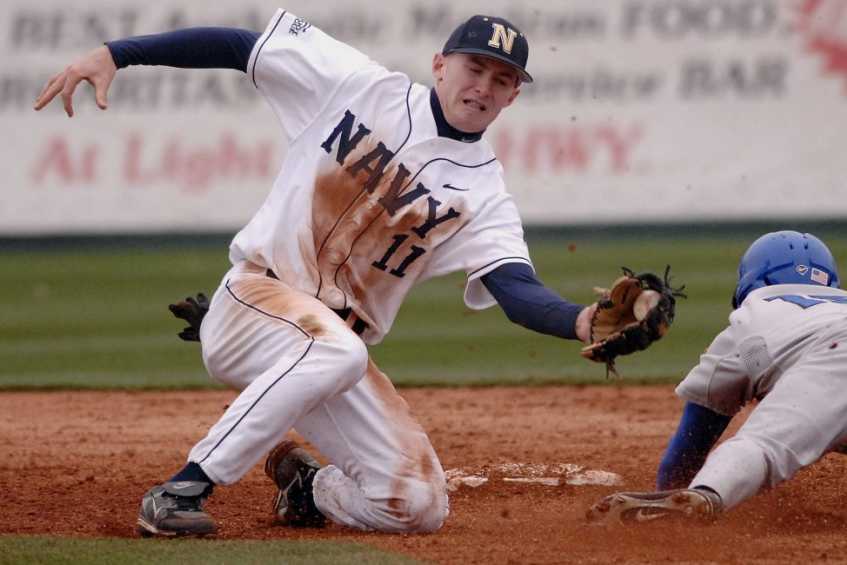
Every hitter has their individual hitting style and coaches generally allow players to have their own style, as long as they have the correct swing mechanics. Think of hitting style as the approach players have in their set-up that helps them be the type hitter they should be. Notice I said the type they should be and not the type hitter they want to be. Weaker, scrawny players should not have hitting styles that help them lift balls in the air as a Prince Fielder swing. On the other hand, players with power potential should not have the Ichiro style, and no player should be taught the Kevin Youkilis style, although it works for him. Once again, the style must fit the player's ability and just because a player feels comfortable with their style, does not mean a better way does not exist. As a hitting coach, I like to explore hitting styles with players so they find the best one to use and so they learn to make style adjustments, when necessary. Furthermore, players should be leery of coaches who have a "one-style fits all" approach. I often tell hitters that no one makes you do the same thing every time, so do not be afraid to experiment, and adjust, so better results are the result. As seen here I had many style changes in my career, as the great Cal Ripken used to, also.
The good news is that individual style changes may create better hitting fundamentals. For example, I had the hitting problem, as many players, of not staying back. My first adjustment was to widen my stance, helping me to stay back. However, this often led to hitting the lower half of the ball as the wider stance lowered my eye level. Therefore, I had to find another hitting style so I could stand taller, stay back, and not collapse the backside. The hitting style I went to was to tuck my front knee and just set the front foot down without striding forward. This worked for a spell, but it often threw my timing off and caused me to be late on fast pitchers, so it was on to a another little adjustment ah, the life of a ball player. Following is the most common hitting style changes that players can try to find the style that gives them the best results. The first style changes have to do with the width of the player's feet at initial set-up. Generally, the wider the feet, the easier to stay back but the more difficult it is to stay on top of the ball, so the wide stance style is best for the power hitter. The narrower the gap between the feet keeps them taller, which helps them stay on top of the ball, but lunging or over striding may be a problem, as well as hitting too many ground balls. A compromise between these two extremes is usually best, at least until players figure out what type hitter they should be.
The next style adjustments come with the height of the hands. Generally, the higher the hands the easier it is to stay on top of the ball, as long as the hands do not drop before swinging. The lower the hand height, the more players can hit the lower half of the ball. As with batting stances, coaches should have players experiment with different hand heights to see which works best for them. Other hitting style possibilities have to do with the open, closed, or even stances. It is important to note though that the open or closed stances often create other hitting problems, are often a last resort option, and are only advised for very experienced players. Finally, various hitting styles are possible with the stride and bat load, as Cal Ripken was doing with his style changes. As noted here, many little tweaks exist to batters' hitting styles that merit exploration, before they arrive at the best way to attain hitting success. The more hitters know about little style changes the better equipped they are to make hitting adjustments, even from pitch to pitch or at-bat to at bat. For example, with two strikes I often went to a wider stance, with no real stride, to help stay back and simplify the movements. The younger the player, the better it is to have them begin with a basic hitting style of hands at shoulder level, an even stance, and with the feet slightly wider than shoulder level. As players advance in the game and understand hitting fundamentals, they can begin to experiment to find the best style for them. Of course, no hitting style works for long without the correct swing mechanics. Finally, when players are really struggling at the plate, suggesting any little hitting style change is good to give players hope for the next day, whether it is the solution or not. Hope is a good thing.
After playing major league baseball, Jack Perconte has taught baseball and softball since 1988 and offered valuable coaching training too. He has helped numerous youth players reach their potential, as well as having helped parents and coaches navigate their way through the challenging world of youth sports. Jack is one of the leading authorities in the areas of youth baseball training and coaching training advice.
All Jack Perconte articles are used with copyright permission.There are 0 comments on "Hitting Styles and Finding the Best One"
chandler allen says:
"Hi my name is chandler, i’ve enjoyed..."
On Wanting to tryout for summer ball. as an 18 year old
david graham says:
"With no current MLB team in Canada,..."
On With no current MLB team in
Charles Chavez says:
"To All Coaches: Do you have13U or..."
On Looking for Games